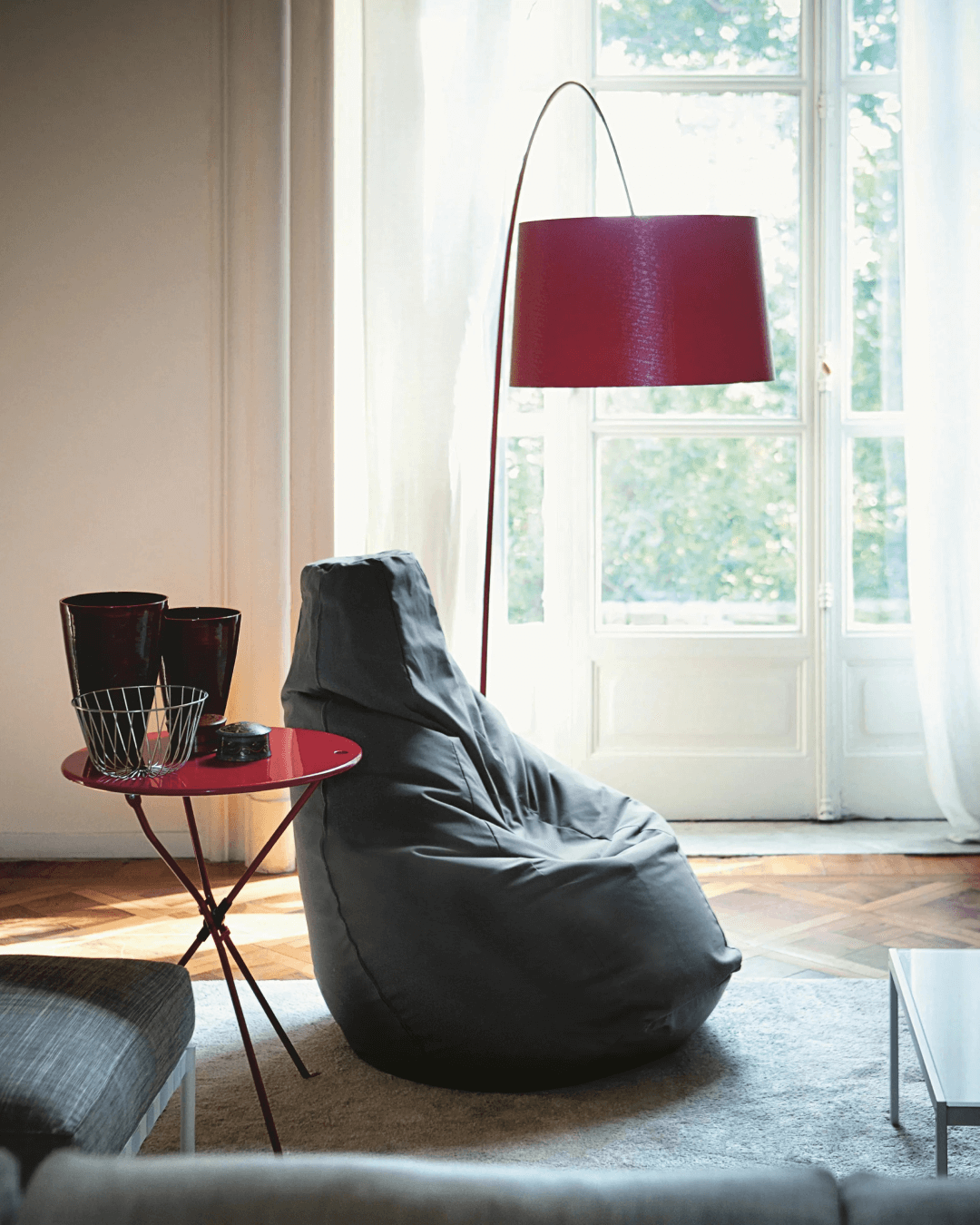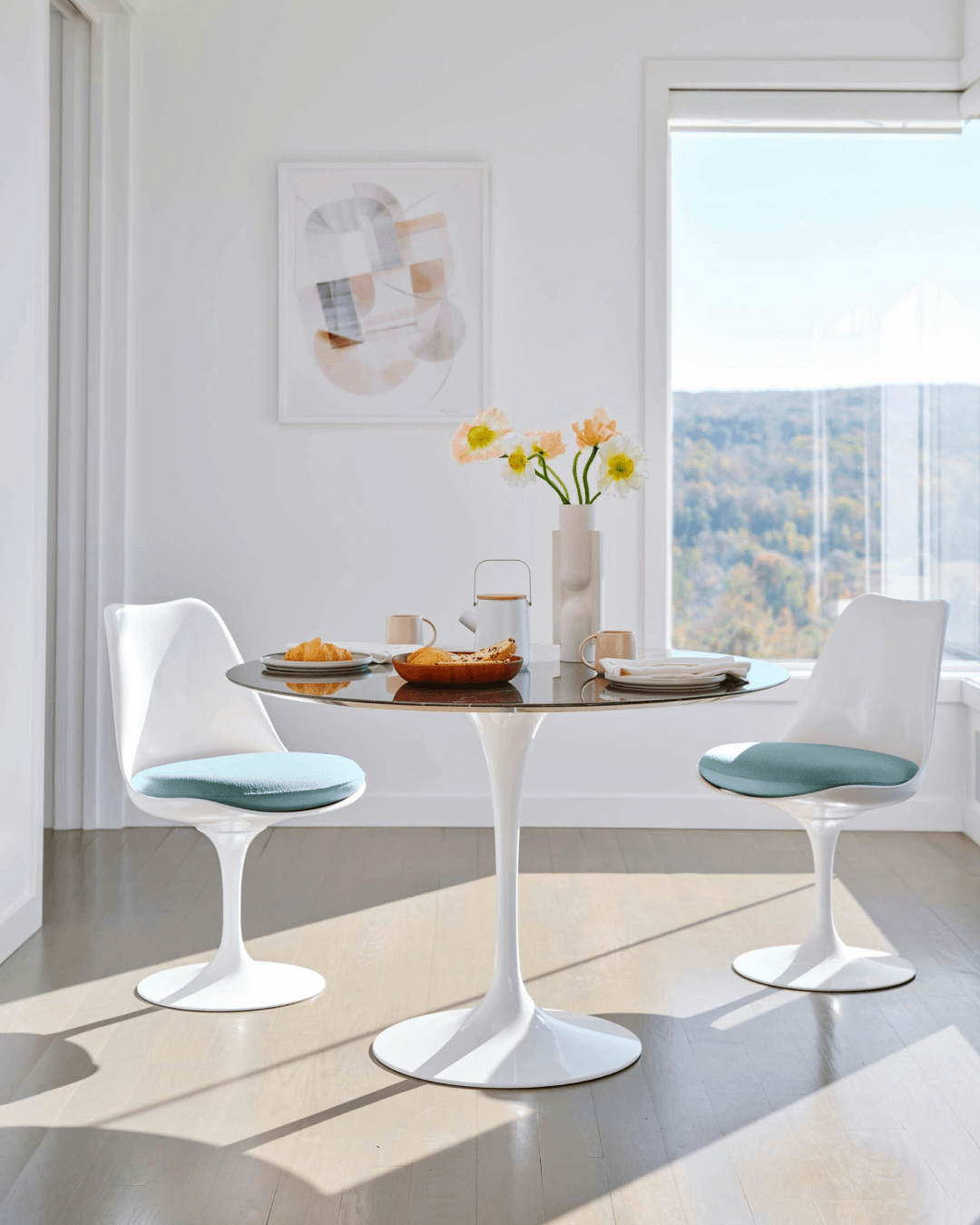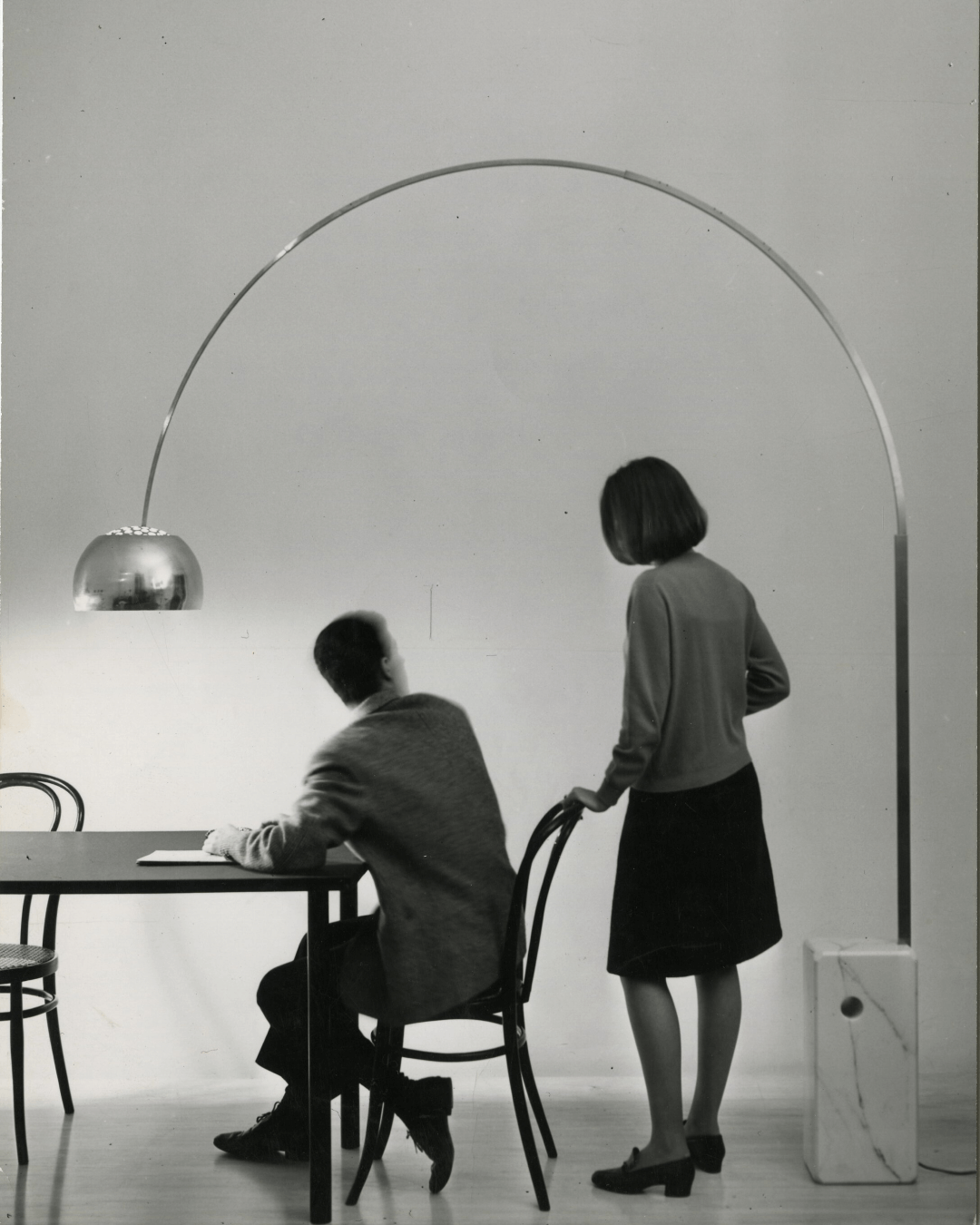Discover our e-shop and access a digital catalogue of over 40.000 design products.
Go to shop22 January 2025
Here are the objects and furnishings that, through formal experimentation and technology, have left their mark forever.
“Pirouette. Turning Points in Design” is the exhibition that the MoMA in New York will open on January 26. The focus is on a series of objects, designed mainly during the 20th century, that have offered unconventional solutions to ordinary problems. Everyday objects that, thanks to intuitions about materials, technologies or possible forms, have translated into turning points and have somehow also changed habits and conventions. The goal? “To demonstrate the power of design to translate human experience into tangible forms and imagine a better future”. This is an interesting starting point for applying this point of view to the home, furnishings, lights and accessories that from the 1900s onwards have revolutionized both the production process and use and at the same time nourished a cultural and taste revolution that can still be felt in the spaces where these icons are found.
Eames plastic chair and Panton chair for Vitra
The Eames plastic chair project debuted at MoMA in 1948, conceived by Charles and Ray Eames to be the first chair intended for mass production. The innovative scope consisted in both the production processes and the materials since for the first time a plastic material was used and for the first time the seat was made of a single-block shell and not of two or more assembled elements.
Today the seat is produced by Vitra, which this year began to use recycled plastic from domestic consumption. A further step forward was taken by Verner Panton: in 1959 he imagined the first chair made entirely of plastic in a single block. It was Vitra, in 1967, that made the designer’s idea come true and put the Panton chair into production.
Sacco armchair by Gatto, Paolini, Teodoro for Zanotta
The Sacco armchair is not only an icon but also a symbol. In this case the revolution is first and foremost a revolution in custom, since Sacco overturns the use of the armchair and transforms it from composed and rigid to totally relaxed and informal. It is 1968 and the way of understanding the living room is changing, sofas and armchairs are no longer designed just to have an upright posture but also, if desired, to meet in a more relaxed way. Sacco is the first de-structured armchair and still today remains an archetype of free design.

Superleggera by Gio Ponti for Cassina
At first glance, the Superleggera might appear to be a traditional chair, but when Gio Ponti designed it in 1957, after years of research and experimentation, the result was a turning point. As the name suggests, the Superleggera weighs only 1700g, a disruptive innovation for an era in which this type of chair was certainly heavier. And a great novelty lies in the triangular section – not round and not square – of the four legs.

Tulip table by Eero Saarinen for Knoll
It is not surprising that Eero Saarinen was training as a sculptor at the time his famous table, now produced by Knoll, was born. It was 1957 and the inspiration for the central leg, also common to the chairs and the coffee table, came to him by observing the fall of a drop of dense liquid. The result won him over, because compared to the classic four legs, the single central leg gave total visual cleanliness to the lower part of the table and chairs.


Tolomeo lamp by Michele De Lucchi and Giancarlo Fassina for Artemide
The revolutionary scope of the Tolomeo lamp, among the most loved and adopted in every type of living context, was to make the industrial aesthetics of a technical lamp familiar. Awarded the Compasso d’Oro ADI, Tolomeo was the first lamp with a fully adjustable arm and its ability to reinvent itself over the years is surprising, in its many variations, without betraying the idea and soul of its origins.
Arco Lamp by Achille and Pier Giacomo Castiglioni for Flos
There are many design innovations introduced by the Castiglioni brothers during their career and the Arco lamp, designed in 1962 and produced by Flos, is certainly one of the most recognizable. The lamp is composed of a Carrara marble base from which a telescopic steel arch starts, at the end of which the light point is fixed. This structure allows the light to be brought to the center of the stage, for example on a dining table, without necessarily having a chandelier and with the possibility of moving it.

A.I. chair by Philippe Starck for Kartell
The revolutionary scope of design does not end with the 20th century but continues, disruptively, in our time. This is demonstrated by the A.I. chair designed by Philippe Starck using artificial intelligence. It is the first chair designed in this way and certainly marks a turning point in the use of new technologies.